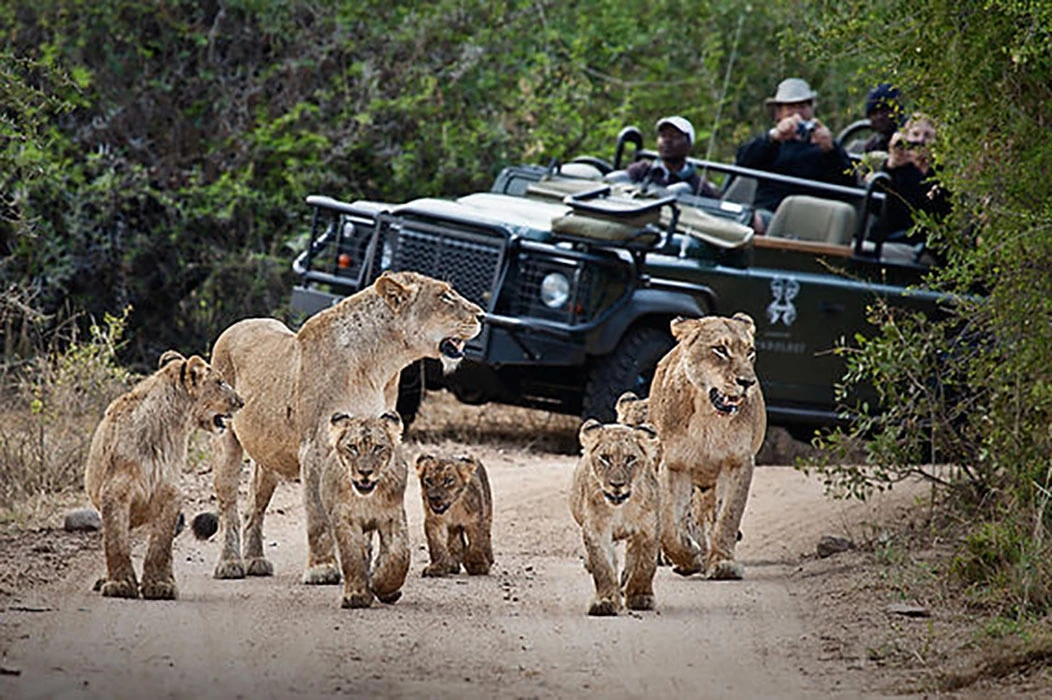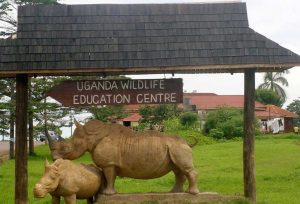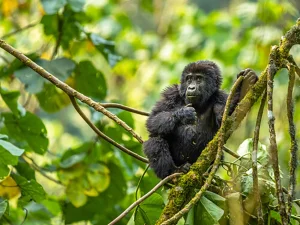Top 5 game reserves in East Africa
In a game reserve, animals can live in safety without being unduly disturbed by hunters, poachers, or other trespassers. These vast tracts of land are devoted to protecting wildlife, guaranteeing that creatures can flourish in their native environments. Top 5 game reserves in East Africa
The most popular locations for East African Wildlife Safaris are Tanzania, Kenya, and Uganda. Discover wildlife, nature, and culture in East Africa by going on a truly authentic African safari journey, which offers a once-in-a-lifetime opportunity to explore and take in breathtaking views and pristine landscape. If this is your first time planning an all-inclusive Africa safari vacation, East Africa is the pioneer safari destination and an excellent option for beginners.
Africa is famed for its wildlife safaris and is home to the “Big Five”: Cape buffalo, Black rhinoceros, African leopards, African elephants, and African lions. “The big five” are the five animals that are the hardest to find in Africa.
The most crucial factor in organizing a safari in East Africa
When organizing an East African safari, the most crucial factor to take into account is the impact that the rainy and dry seasons have on wildlife watching. For an East African safari, the best time to go is during the dry season, which runs from June to October. These countries can be visited year-round due to their temperate climate, seasonal migration, and profusion of wildlife. On your journey through East Africa, get ready for the best possible African safari experience. Top 5 game reserves in East Africa
Game Reserves to visit in East Africa when on a wildlife safari
The Serengeti National Park in Tanzania
With one of the largest animal populations in the world, northern Tanzania’s Serengeti National Park is a classic safari destination. It is the only region on the African continent where large-scale land-animal migrations still take place. And it is most known for its enormous herds of plains species, especially zebras, gazelles, and wildebeests. One of the Park’s primary attractions is the yearly Wildebeest Migration, during which vast herds of hoofed animals are seen migrating from December to July. In addition to substantial acacia forest savanna, Serengeti National Park encompasses 5,700 square miles (14,763 square kilometers) of among of Africa’s largest grasslands.
The animal-rich Serengeti National Park is a UNESCO World Heritage Site. There are enough of the Big Five of Africa to be seen here. An unparalleled African safari experience is offered by the Serengeti National Park. About 1000 leopards, rhinoceroses, hippopotamuses, giraffes, cheetahs, baboons, and 3,000 lions and spotted hyenas are present. In the marshes along the Mara River, crocodiles can be observed. There are around 500 known bird species, including flamingos, vultures, and ostriches. There are estimated to be 1,360 elephants in the area. In the park, the herds graze on the southeastern plains from November to May, which is the wet season.
Uganda’s Kidepo Valley National Park
The park is located in Uganda, close to the borders of Sudan and Kenya’s Northern Frontier District, in the northernmost part of the Karamoja region. With towering mountains and vast grasslands, Kidepo National Park is one of Africa’s most breathtaking natural areas. With one of Africa’s largest herds of solitary buffalo. It is home to popular big game species like cheetahs, eland, elephants, giraffes, hartebeests, hyenas, lions, and zebras. Rarely seen in other Ugandan protected regions are wildlife species including ostriches, striped hyenas, cheetahs, bat-eared foxes, and aardwolves.
Since animals gather around watering holes, July and August, the dry season, are the best times to see wildlife at Kidepo National Park. In the rainy season, animals move to higher, drier regions where they are less noticeable, dispersing from the lowlands.
Masai Mara National Reserve in Kenya
A game reserve in southwest Kenya, Maasai Mara [Maasai Mara] offers a breathtaking kaleidoscope of untamed and rocky landscapes, friendly and welcoming locals, and an incredible variety of species. Safari tourists can engage in a wide variety of activities in the vibrant Maasai Mara National Reserve and conservancies. Whether you go on a 4×4 safari or a high-flying hot-air balloon tour at dawn, you will leave the Maasai Mara with incredible experiences and lifelong memories.
Large numbers of lions, African leopards, cheetahs, jackals, and African bush elephants are among the park’s other well-known features. The Greater Mara ecosystem includes the Maasai Mara National Reserve, the Mara Triangle, and Koiyaki. Lemek, Ol Chorro Oirowua, Mara North, Olkinyei, Siana, Maji Moto, Naikara, Ol Derkesi, Kerinkani, Oloirien, and Kimintet, among other Maasai Conservancies.
Murchison Falls National Park in Uganda
With 5,000 square kilometers of wildness and 76 animal species, including buffalo, elephants, giraffes, hartebeests, hippopotamus, leopards, lions, and Uganda kobs. Murchison Falls National Park is Uganda’s largest conservation area. Along with 450 bird species spread across savannah, open water, papyrus swamps, woodlands, and tropical forests. Uganda is a birder’s paradise when cruising Lake Albert. Of these, the shoebill is the most common species. In Budongo and Kanyiopabidi forests, 59 restricted range species, including Albertine rift endemics and rare Central African species, can be found, and primates, including chimpanzees, can be observed.
Kenya’s Tsavo East National Park
Kenya’s largest national park is Tsavo National Park. To ensure effective management, it was split into two national parks: Tsavo East and Tsavo West. This park is home to a variety of antelopes, including the African elephant, black rhino, hippos, lions, leopards, and hartebeests. Given its position, the park is among the greatest choices if you’re planning a road trip from Mombasa to Nairobi, Kenya.
What is East Africa’s largest game reserve?
Nyerere game reserve in Tanzania, which spans 30,893 square kilometers, is the biggest national park in East Africa. Known for its enormous wildlife movement, Serengeti game reserve in Tanzania is another extremely big park. Murchison Falls National Park, which spans 3,840 square kilometers, is the biggest park in Uganda.




